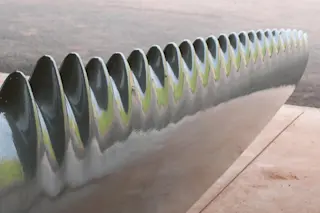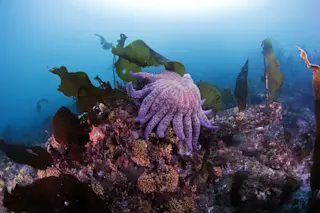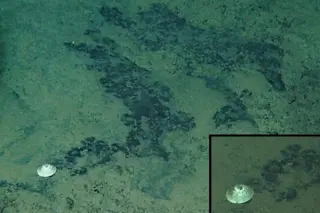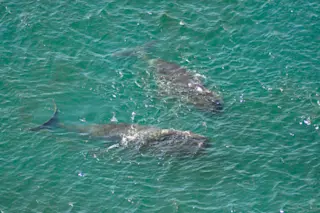For all its merits as an everlasting, carbon-free source of energy, wind has its drawbacks. There are hefty up-front installation costs associated with wind turbines, and these turbines run intermittently and sporadically. Compounding the natural variability of the wind itself is the often-overlooked problem of stall. When particularly strong or slow winds flow over angled blades, the blades can lose lift and stop rotating. This phenomenon is akin to holding your hand out the window of a moving car: Tilt your palm up and you create lift, which pulls your hand skyward. Tilt too aggressively and your hand drops (a type of stalling).
One company believes it has found an answer to these problems by mimicking the fin of the humpback whale. Humpbacks tilt their uniquely scalloped pectoral flippers aggressively for extra lift in the water, turning their immense bodies swiftly to catch fast, elusive prey. The trick is in ...















